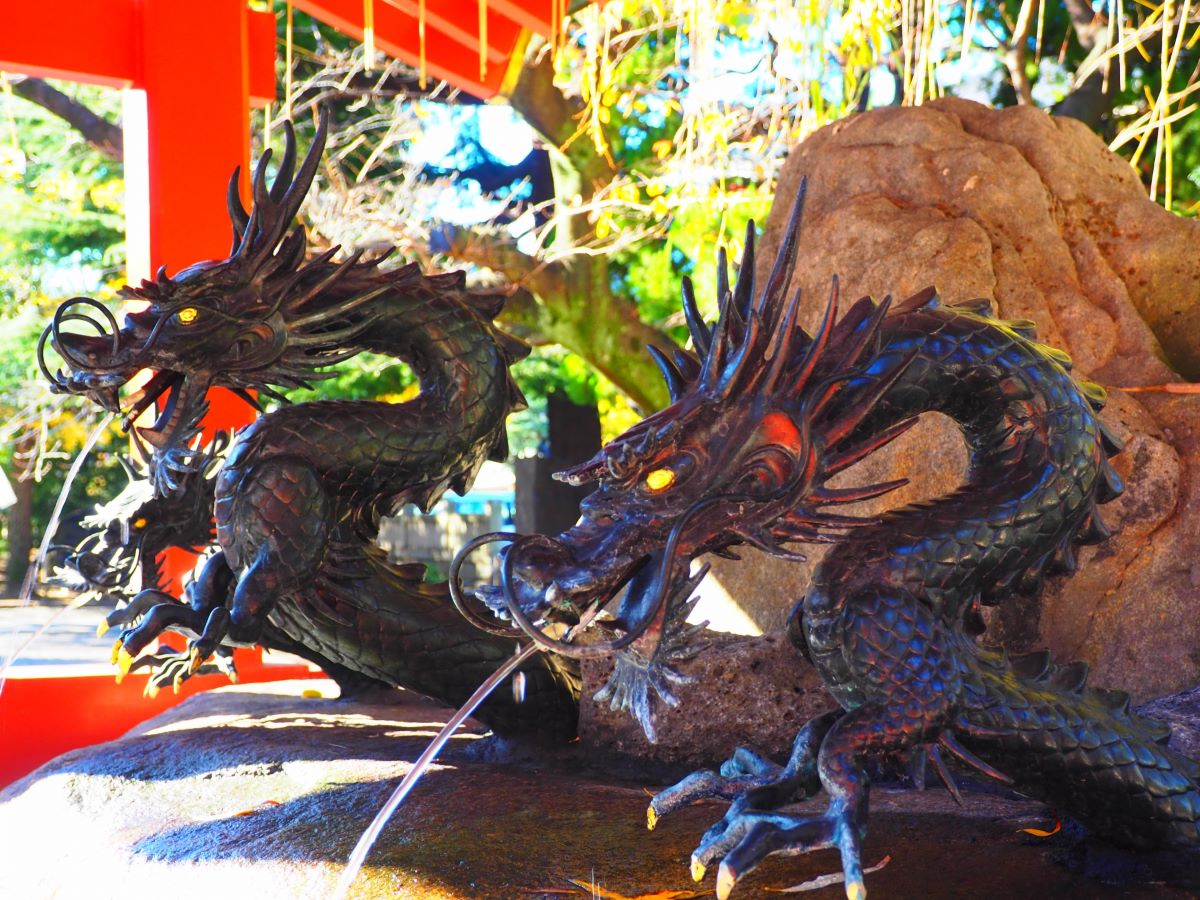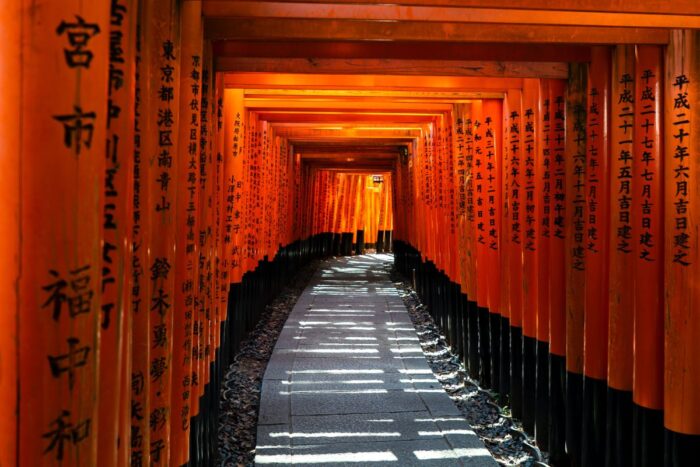Shinto is a traditional religion of Japan that has been practiced for centuries. The word “Shinto” means “the way of the gods,” and it is based on the belief in the existence of kami, or spirits, that inhabit all things in nature. Shinto has been an integral part of Japanese culture and history, and it continues to play an important role in the lives of many Japanese people today.

Shinto has no founder, no holy book, and no single doctrine or set of beliefs. Instead, it is a collection of beliefs and practices that have evolved over time. Shinto is characterized by a deep reverence for nature, a focus on purity and cleanliness, and a belief in the importance of ritual and ceremony. Shinto rituals are performed to honor the kami and to seek their blessings for various aspects of life, such as health, prosperity, and success.
Shinto has had a profound influence on Japanese culture, and its impact can be seen in everything from art and architecture to literature and music. Many of Japan’s most famous landmarks, such as the shrines at Ise and the torii gates at Fushimi Inari, are associated with Shinto. Despite the influence of other religions, such as Buddhism and Christianity, Shinto remains an important part of Japanese identity and culture.
Origins and Beliefs

Shinto is a religion that originated in Japan and is deeply rooted in the country’s history and culture. It is believed to have started around 500 BCE and has since evolved into a complex system of beliefs and practices that continue to influence Japanese society today.
Mythology and Deities
Shinto mythology is centered around the belief in kami, which are divine spirits that inhabit all things in the natural world. These kami are believed to have the power to influence human affairs and are often associated with specific natural phenomena such as mountains, rivers, and trees. Shinto also has a pantheon of gods and goddesses, including Amaterasu, the sun goddess, and Susanoo, the god of storms and the sea.
Practices and Rituals
Shinto practices and rituals are focused on maintaining a harmonious relationship between humans and the natural world. These practices often involve purification rituals, such as washing hands and mouth before entering a shrine, and offerings of food, sake, and other items to the kami. Shinto also places a strong emphasis on ancestor worship, with many families having their own household shrines to honor their ancestors.
Influence on Japanese Culture
Shinto has had a profound influence on Japanese culture, from art and architecture to social customs and festivals. Many of Japan’s most iconic landmarks, such as the Itsukushima Shrine and the Fushimi Inari Shrine, are Shinto shrines. Shinto also plays a significant role in Japanese festivals and holidays, such as the New Year’s celebrations and the annual Obon festival, which honors the spirits of ancestors.
Shinto Shrines

Shinto shrines are an essential part of Shinto, an indigenous religion of Japan. They are places of worship and are believed to be the dwelling places of the kami, the spirits or gods of nature. There are around 100,000 Shinto shrines in Japan, ranging from small roadside shrines to large complexes.
Architecture and Design

Shinto shrines are typically made of wood and have a distinct architectural style. They often feature a torii gate at the entrance, which marks the transition from the mundane world to the sacred space of the shrine. The main building of the shrine, called honden, is where the kami is enshrined. It is usually surrounded by other buildings, such as a hall for offerings and a purification fountain.
The design of the shrine is often influenced by the natural surroundings, with the aim of harmonizing with nature. For example, some shrines are built on a hilltop, while others are located in a forest or by a river. The materials used to build the shrine are also chosen for their natural qualities, such as the use of untreated wood.
Types of Shrines
There are various types of Shinto shrines, each with its own specific focus and purpose. Some of the most common types include:
- Jinja: These are the most common type of Shinto shrine, dedicated to a local kami.
- Taisha: These are large shrines dedicated to a major kami, such as the Ise Grand Shrine.
- Hokora: These are small roadside shrines dedicated to a specific kami.
Festivals and Events
Shinto shrines are the site of many festivals and events throughout the year. These festivals often involve the purification of the shrine and the offerings of food, sake, and other items to the kami. Some of the most famous Shinto festivals include:
| Festival | Location | Date |
|---|---|---|
| Takayama Matsuri | Takayama | April 14-15, October 9-10 |
| Gion Matsuri | Kyoto | July |
| Kanda Matsuri | Tokyo | May |
These festivals are an important part of Japanese culture and attract visitors from all over the world.
Shinto Today

Current State of Shinto
Shinto is the indigenous religion of Japan, and it remains an important aspect of Japanese culture and identity. According to a survey conducted by the Agency for Cultural Affairs in 2019, approximately 79% of Japanese people identify as Shintoists or have some affiliation with Shinto. However, it is important to note that Shinto is not a centralized religion with a governing body or hierarchy. Instead, it is a decentralized collection of beliefs, practices, and traditions that vary widely across different regions and communities in Japan.
Shinto and Modern Society
Shinto has adapted to the changing times and continues to play a significant role in modern Japanese society. Many Shinto shrines serve as cultural and historical landmarks, attracting both domestic and international tourists. Shinto rituals and festivals are also an important part of Japanese cultural events, such as the New Year’s celebrations and the annual Cherry Blossom Festival.
Additionally, Shinto has been incorporated into various aspects of modern Japanese life, such as the use of Shinto-inspired architecture in public buildings and the inclusion of Shinto elements in popular culture, such as anime and manga.
Future of Shinto
As with any religion, the future of Shinto is uncertain. While it remains a significant aspect of Japanese culture and identity, there are concerns about the declining number of Shinto priests and the lack of interest among younger generations. Additionally, there have been debates about the role of Shinto in contemporary Japanese society, particularly in regards to its relationship with the state and the potential for nationalism.
Despite these challenges, Shinto continues to evolve and adapt to the changing times. It remains an important part of Japanese culture and identity, and will likely continue to play a significant role in the future.





